
Infections and how they are treated early in life may impact how mental health disorders develop early on, according to a new report, highlighting the need for a better understanding of the mind/body connection.

Infections and how they are treated early in life may impact how mental health disorders develop early on, according to a new report, highlighting the need for a better understanding of the mind/body connection.

Patients with cystic fibrosis (CF) are deficient in vitamin D, which at higher levels can help prevent exacerbation. A new study examines current guidelines and future recommendations.
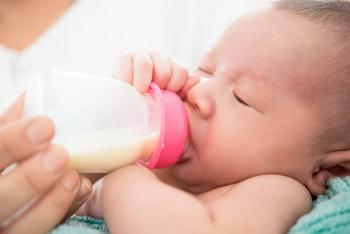
Children who are fed milk cereals daily in infancy are more likely to be overweight or obese later in childhood, according to a new report.

A review of oxygen resuscitation in preterm infants at birth reveals that high oxygen concentrations may not be as toxic as previously thought, but also failed to identify an ideal FiO2.

Teenagers who display certain obsessive-compulsive symptoms, even without a diagnosis of obsessive-compulsive disorder (OCD), may be at higher risk for other serious psychiatric problems.
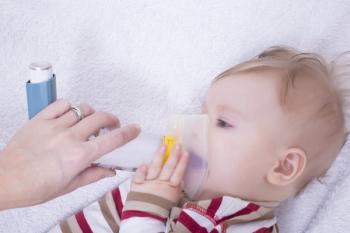
Predicting the likelihood that a child will develop asthma has long been a challenge, but a new tool could offer more than previous assessments.
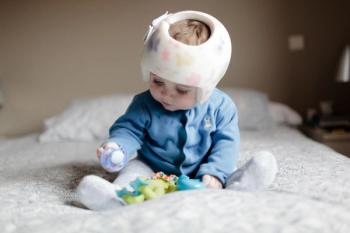
A new study urges pediatricians to screen for cognitive challenges as children with PPB age.

Pediatric healthcare providers are on the front lines to provide early identification and treatment of plagiocephaly/brachycephaly and torticollis for those infants spending more time supine/reclined and less time prone. Here’s why early intervention is so important.
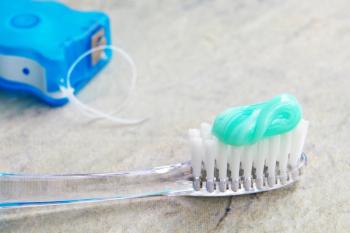
The second part of this article on integrating oral health into primary pediatric care discusses the important role of fluoride and fluoride varnish application for preventing dental caries in children.

Growing resistance to current drugs for influenza has spurred development of a new class of antivirals that target virus replication.

Many 6- and 12-month-old infants do not yet sleep through the night, but Canadian researchers found no significant associations between this situation and infants’ mental and psychomotor development or their mothers’ mood.

Jon Matthew Farber, MD, practices in Northern Virginia where he can refer patients to a large variety of pediatric specialists, but he often chooses not to do so. Here are some common conditions/findings that are often referred out that he believes are often unnecessary.
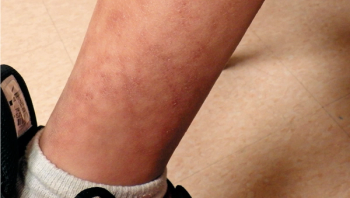
A healthy 11-year-old boy is brought to the office for evaluation of asymptomatic reticulated rash that started on his ankles 3 weeks ago and since has spread to his shins and the tops of both feet. He is on no medications and has had no history of trauma or recent illness. What's the diagnosis?

Febrile infants from disadvantaged neighborhoods with high rates of childhood poverty are much more likely than their peers from more affluent neighborhoods to have a bacterial source for their fever, according to a retrospective study of infants aged 90 days or younger with a temperature of 100°F or greater who visited an emergency department (ED) of an urban children’s hospital.
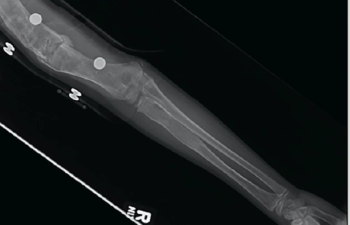
The patient, an 8-year-old male who recently immigrated to the United States from El Salvador, initially presented to the emergency department (ED) for a cough. The next day, he went to the general pediatrics clinic for follow-up and was noted to have a significant history of recurrent fractures.

Early detection and vigilant screening are essential to reduce ocular complications, including blindness, in patients with juvenile idiopathic arthritis (JIA).

Of 973 preschool-aged children with acute gastroenteritis who visited 1 of 10 geographically diverse pediatric emergency departments (EDs), those who received a 5-day course of Lactobacillus rhamnosus GG, a commonly recommended and used probiotic, did not have better outcomes than those who received placebo, a prospective, randomized trial found.
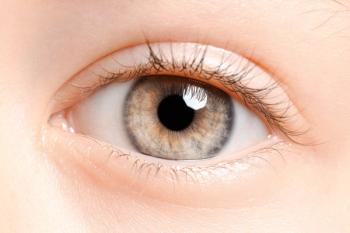
When a child presents with an eye injury, frontline clinicians should implement this 5-minute eye exam to quickly recognize what treatment is warranted and when to refer to an ophthalmologist.
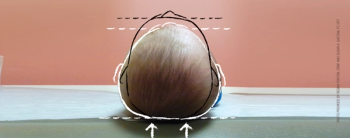

CAR T-cell therapy offers pediatric patients hope, but also can bring numerous physical and emotional roller coaster experiences for the family.

For Contemporary Pediatrics, Dr Bobby Lazzara discusses the latest data on the effectiveness of CAR T-cell therapy from the ELIANA trial, which was presented at the 2018 American Society of Hematology annual meeting in San Diego, California.

The teenaged years are difficult across the board, but a report highlights the additional challenges for lesbian, gay, bisexual, transgender (LGBT) adolescents and calls to attention their increased risk for suicide attempts.

Teenagers look to those around them to form their diet patterns, and for low-income African American teenagers in particular, parental involvement and monitoring is key to making good choices.

A new study reveals that children are developing eating disorders at younger ages, and that there is little difference in gender distribution.
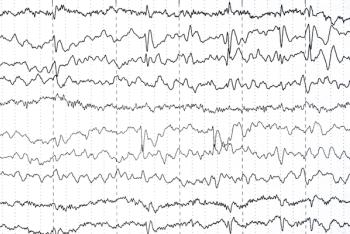
Not all children who have seizures are diagnosed with epilepsy, and a definitive diagnosis can be difficult to make. Now, researchers from the Netherlands have developed a Web-based tool to help clinicians predict the probability of future seizures based on early clinical data.

Baby-led introduction of complementary foods is a practice gaining in popularity among families with infants ready for the change from breast milk or formula to table foods, but it must be done in a developmentally appropriate way.
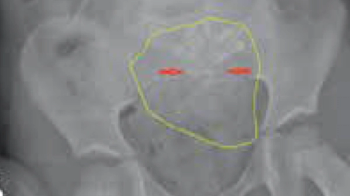
A 4-year-old girl presents to the emergency department (ED) with a 12-hour history of progressively worsening episodic left lower quadrant (LLQ) abdominal pain and nonbilious emesis. There was no history of fever, diarrhea, hematochezia, constipation, or dysuria. The child was previously healthy, did not take any medications, and had no history of prior surgery.

Here are some various observations that have guided my own pediatric practice over the years. Perhaps they will help you with yours.

Pediatric practices could make significant improvements to their developmental surveillance and screening processes in a short time. This project team’s initiative shows just how quickly your practice can, too.

Oral health screening performed at each well-child visit helps to identify oral disease or injury and promotes anticipatory guidance that can minimize caries risk and improve oral health outcomes.